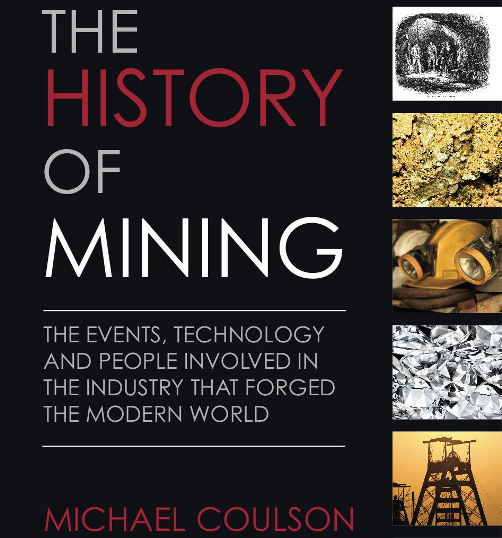Brazil’s $45 billion railroad expansion is targeting ALL America Latina Logistica SA (ALLL3) and Vale SA (VALE)’s duopoly by guaranteeing returns for companies that create train lines and transport cargo.
Highway operator TPI-Triunfo Participacoes & Investimentos (TPIS3) SA and logistics group JSL SA (JSLG3) have said they may take part in the April auction for the rights to operate lines or handle cargo on 10,000 kilometers (6,200 miles) of new railways. The government says the nation’s biggest rail expansion since the 1930s will lure 91 billion reais ($45 billion) of investments.
President Dilma Rousseff, seeking to stimulate the economy and upgrade infrastructure after a decade without investment, will auction off ports, airports and roads to ease bottlenecks in Brazil, the world’s largest exporter of iron ore, orange juice and sugar. The government ran the 28,000 kilometers of railways until it privatized the lines in 2007. ALL and Vale now control 84 percent of the network.
“There is a lot of space for this sector to grow,” Roger Oey, an analyst at Bes Securities, said by telephone from Sao Paulo. “If there is any uncertainty, the government will try to diminish this for the projects to be successful, especially in the beginning.”
As part of the plan announced Aug. 15, the government vowed to sign contracts for all of the new capacity, Transportation Minister Paulo Sergio Passos said. Companies will either operate the rail lines or transport cargo, but not both. Additional terms will be released in March.























